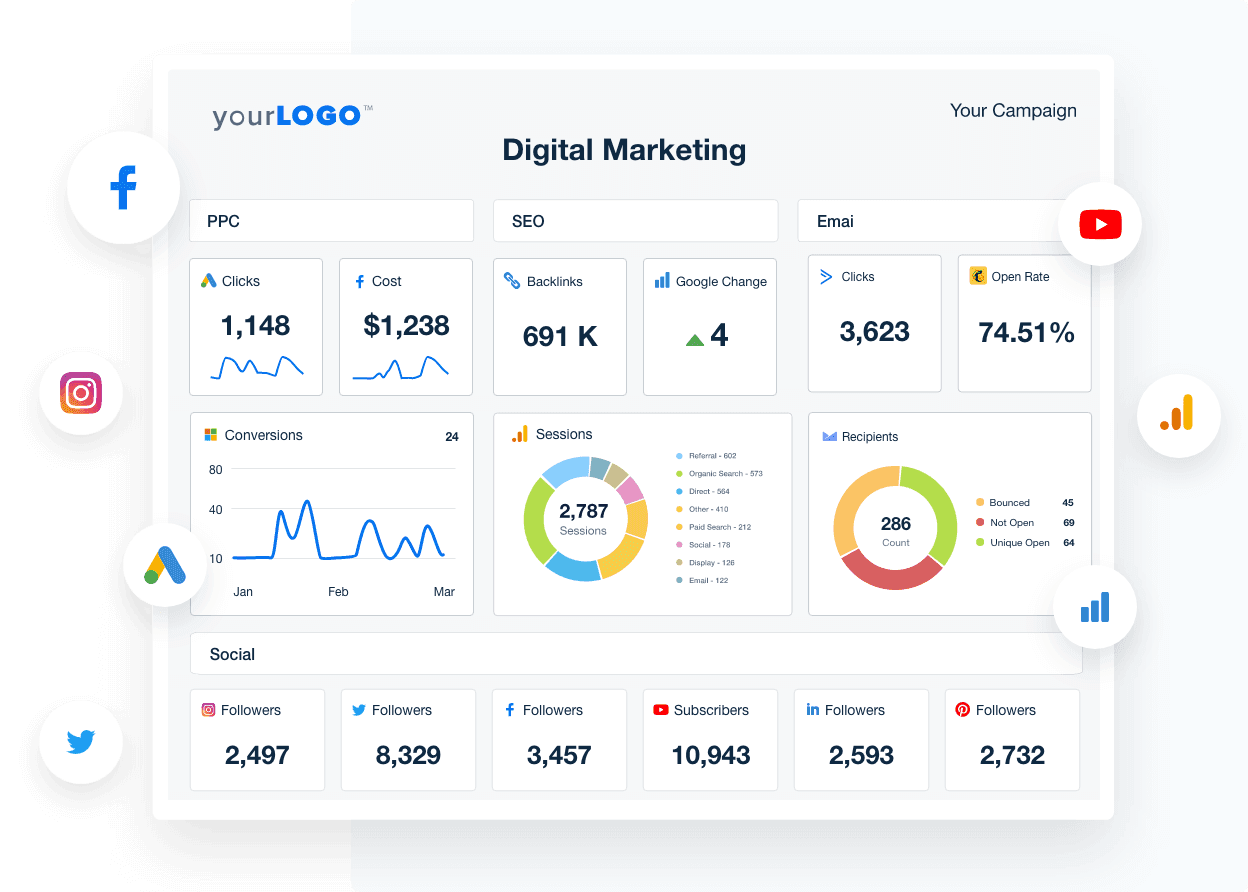Unlock Organization Insights With Advanced Analytics Devices
In today's data-driven landscape, the capacity to unlock company understandings with innovative analytics tools is coming to be progressively crucial for companies looking for a competitive side. What are the essential factors to consider that organizations must deal with to efficiently harness these advanced analytics capacities?
Importance of Advanced Analytics

Additionally, the affordable landscape demands that organizations not just react to market changes but additionally expect them. Advanced analytics equips companies to understand consumer choices, enhance operational performance, and minimize dangers efficiently. By leveraging these tools, companies can improve their decision-making procedures and drive innovation.
Additionally, the assimilation of sophisticated analytics fosters a society of constant improvement, where companies can fine-tune their strategies based upon empirical evidence. As fields such as financing, healthcare, and retail significantly rely upon information to notify their operations, the value of advanced analytics will just continue to expand, making it an important component for continual success in today's data-driven economic climate.
Trick Functions of Analytics Devices
Advanced analytics tools are identified by a variety of crucial functions that boost their efficiency in information analysis and decision-making (Analytics). Among the vital features is data integration ability, which enables smooth aggregation of data from various resources, promoting extensive evaluation. This guarantees that services have a holistic view of their information landscape
Moreover, advanced analytics devices frequently consist of durable statistical and predictive modeling abilities. These attributes enable organizations to anticipate fads and identify patterns, resulting in even more enlightened strategic decisions. Visualization devices are additionally integral, offering user-friendly visual depictions of information, which streamline complex information and make insights extra accessible to stakeholders.
Another essential element is the unification of artificial intelligence algorithms, which enhance the ability to evaluate big datasets and discover concealed understandings without explicit programs. Furthermore, easy to use interfaces enable non-technical individuals to take advantage of these tools successfully, democratizing data access across the organization.
Sorts Of Advanced Analytics
While numerous innovative analytics techniques exist, they can usually be classified right into a number of essential types that serve distinctive objectives within companies.
Descriptive analytics focuses on summarizing historic information to determine trends and patterns. It gives understandings into what has happened in the past, making it possible for companies to make educated decisions based on empirical evidence.
Anticipating analytics, on the other hand, makes use of statistical formulas and maker knowing techniques to anticipate future outcomes based upon historical information. This type is specifically helpful for threat evaluation and need forecasting, permitting companies to plan for prospective obstacles and chances.
Authoritative analytics goes a step better by recommending activities based on predictive understandings. Analytics. It utilizes optimization and simulation strategies to suggest the most effective strategy, making certain that organizations can make data-driven decisions with self-confidence
Implementation Methods
Effective implementation methods for advanced analytics are important for companies seeking to harness the full capacity of their information. To start with, a clear roadmap should be developed that aligns analytics initiatives with general organization objectives. This needs a deep understanding of business objectives and the specific questions analytics can respond to.
Following, buying the appropriate technology and devices is essential. Organizations should examine readily available systems for scalability, simplicity of usage, and integration capabilities with existing systems. This guarantees that information can be gathered, refined, and examined effectively.
Furthermore, fostering a data-driven culture is essential. Educating employees on analytics tools and methodologies empowers them to utilize insights efficiently in decision-making. Engaging stakeholders across departments can facilitate buy-in and encourage collaboration, enhancing the overall success of analytics jobs.
In addition, companies need to focus on information high quality and governance. Executing robust data monitoring techniques makes certain that the understandings produced are precise and reputable. Continual examination and version of analytics processes permit organizations to adjust to altering company demands and technical advancements, inevitably driving sustained value from their analytics efforts.
Future Trends in Analytics
As companies execute durable analytics methods, it is crucial to remain familiar with the developing landscape of analytics technologies and methods. Future trends in analytics are positioned to revolutionize just how companies acquire insights, enhance operations, and drive decision-making.

Another trend is the increase of enhanced analytics, which automates data preparation and insight generation, decreasing the reliance on data experts. This democratization of analytics equips workers whatsoever levels to take advantage of data in their roles.
Additionally, the shift towards real-time analytics will certainly make it possible why not try these out for companies to react quickly to market modifications and client preferences, enhancing agility and competition. As information personal privacy guidelines end up being much more stringent, analytics solutions will certainly additionally require to prioritize ethical information use, making sure compliance while maintaining durable understanding generation. Accepting these trends will certainly be critical for companies seeking to keep an one-upmanship in an increasingly data-driven world.
Verdict
In conclusion, progressed analytics devices play an important duty in transforming information right into actionable insights, driving critical growth and functional performance across organizations. Reliable implementation methods make certain that these tools are integrated right into business processes, while emerging patterns show a continued development in analytics abilities.
Advanced analytics incorporates a suite of methods, consisting Discover More of anticipating modeling, equipment knowing, and data mining, which allow organizations to uncover patterns, forecast trends, and enhance procedures.
Effective execution strategies for advanced analytics are important for companies looking for to harness the complete possibility of their information. Continual evaluation and iteration of analytics processes allow organizations to adapt to changing company requirements and technological improvements, eventually driving continual value from their analytics efforts.
As data privacy policies end up being much more strict, analytics services will also need to prioritize ethical information use, making certain conformity while preserving robust insight generation.In conclusion, advanced analytics devices play a crucial function in transforming data right into workable insights, driving tactical growth and functional performance throughout organizations.